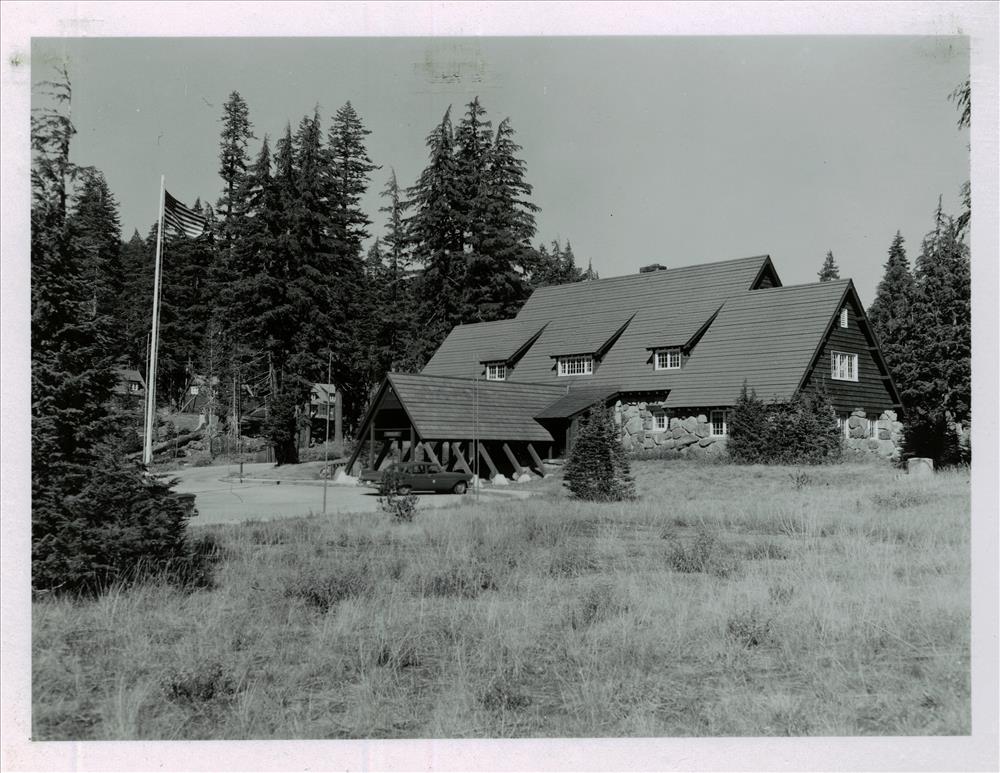That’s one of our current difficulties is that late in the season we lost almost half of the staff when they go out to fight fires (9).
Our interpreters were not trained in fire fighting, is one thing.
It may be more emphasis on interagency cooperation.
Could be that. So much was required of interpreters at that time, and so much training. We’d have a training session that was a carry-over from previous years and we’d try to get them trained somewhat before they’d start talking to the public. But it really would be about the end of the summer before we’d feel like we really had a good operating level. If you’d start fragmenting with still more duty… well, we did give them one day or a few hours, I guess, of fire control training. But certainly they didn’t have the expertise in it that is expected these days. So I don’t recall I’ve ever lost any of them.
From year to year did you have a lot of returning naturalists, or many times first time people?
The turn-over was about fifty percent, so this was a problem. We had some that came back year after year. That continuity was very valuable. Many employees worked just one year. We had some really outstanding people. Hans Nelson, when he was there, started doing some work on the sediments on the bottom of Crater Lake. And I think I gave him two days of government time and he contributed his days off to do this work. He was taking cores from the bottom of the lake.
His master’s thesis was geology of the lake.
That was, that’s right. And he found out what the Geological Survey was like. He made quite a name for himself (10).
As for working out of Medford, I never did that. I visited the Medford office, and I did talk to Dr. Adolph Murie. He wrote The Wolves of Mount Mckinley. I was very impressed with him. I wish I’d spent more time listening to him.
How much research there was being done in the park at that time, or were there any interagency projects on going?
Well, the one interagency project was with the Geological Survey on lake level work. I should have mentioned the U.S. Coast Guard and Geodetic Survey in 1959 mapped the lake bottom. Dick Brown was very much into research. He was very interested in that when he came back as chief naturalist in the park. I had made a point of getting somebody from the regional office to the park every year. Primarily Russ Grater would be involved with the interpreter’s training program.


